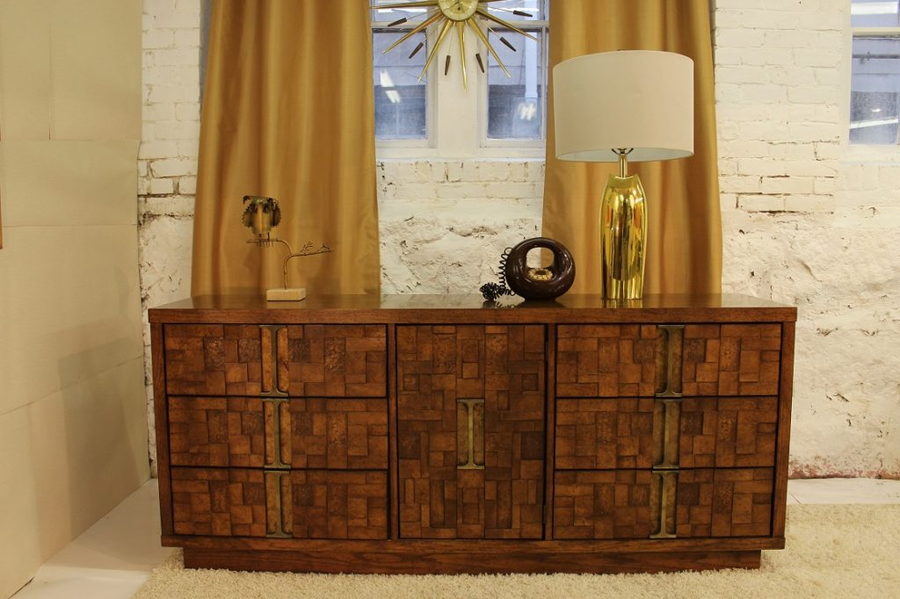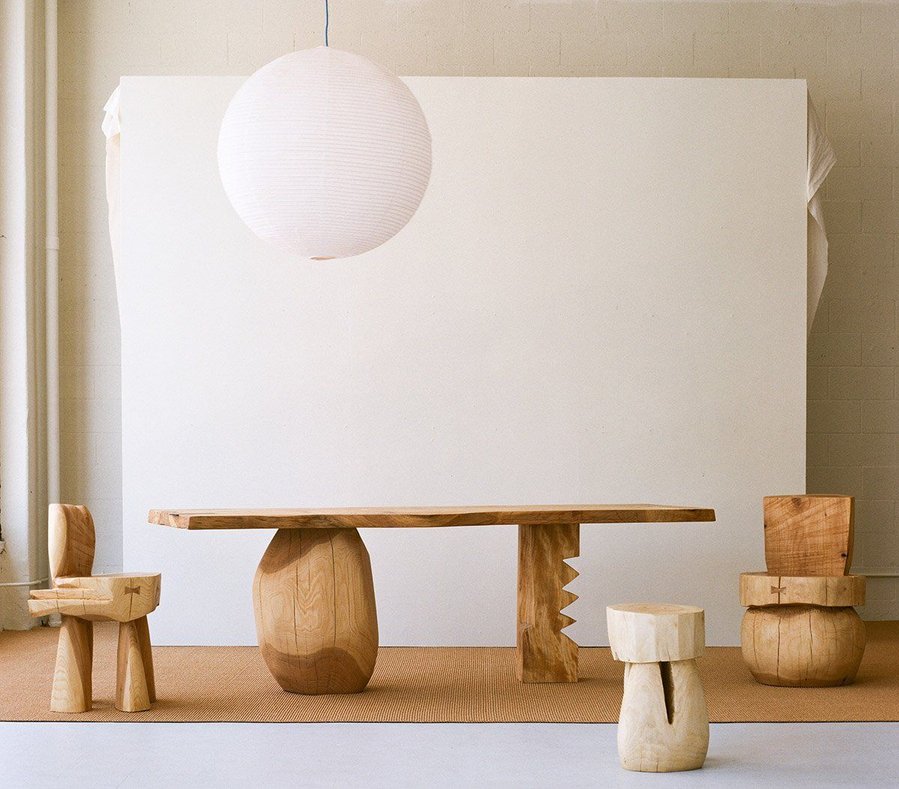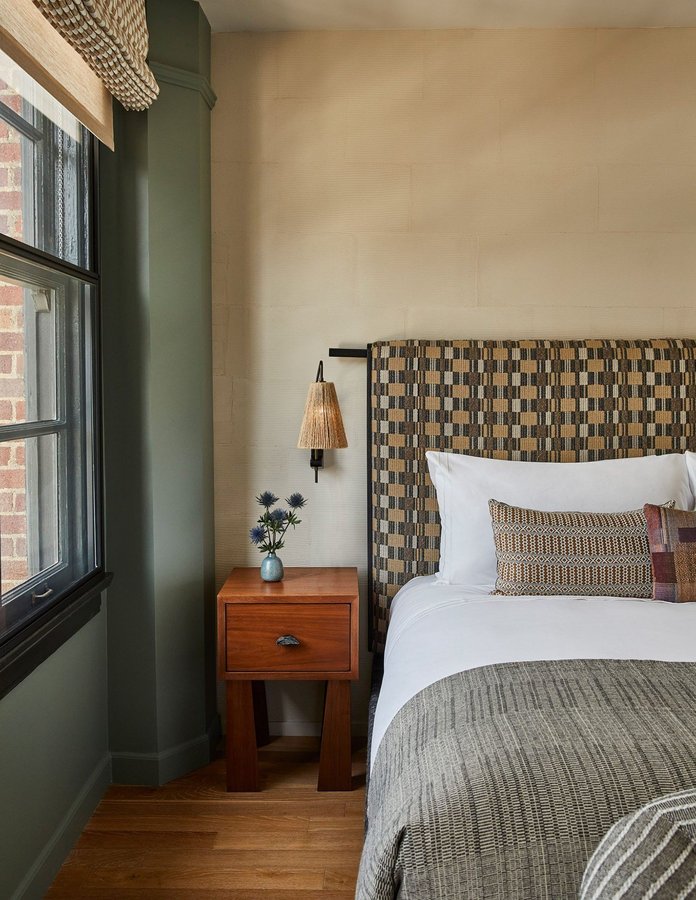Is Organic Brutalism the Next Big Design Trend?
Trends come and trends go. They morph, evolve, and change. They plant roots and stick around for a season, then disappear for decades. Such is the world of interior design. Maximalism may be having an “it” moment right now, but will it ever really usurp minimalism? Cottagecore, grandmillenialism, and coastal grandmother style have all blended together in a veritable design tour de force that doesn’t seem to be going anywhere anytime soon — but will it last? Sometimes even design gurus of the highest order are unable to predict what new trend might take hold of the cultural consciousness. But again, such is the beautiful world of interior design.
Recently, a new contender has stepped onto the scene, eager to make its mark and find a place in the pantheon of evergreen design trends. But what exactly is organic brutalism?

Though it’s been gaining a lot of steam lately, brutalism has been around for decades, first making a splash post-WWII with its strong geometric shapes and use of raw materials like concrete, metal, and wood. Organic brutalism takes a softer approach, eschewing dramatic metals and clunky concrete in favor of deep woods and timeless, textured feels.
Don’t Be a Square

One of the cornerstones of organic brutalism is a reliance on bold, geometric shapes that catch the eye and make an immediate statement. A deep wood palette is ideal for these pieces, as the raw texture marries the organic wood with the sharp brutalist shapes for a match made in heaven (as seen in the 1970s credenza above).
Monolithic Marvels

It’s not just the textures of classic brutalism being redefined — the forms are also changing. Blocky silhouettes and monolithic shapes make a visual impact with their boldness, while the imperfectly perfect wood adds depth and warmth to the spaces they inhabit. And “blocky” doesn’t have to be a negative word — those with an appreciative eye for organic brutalism may want to try giving the trend a raw, unfinished twist, as seen in these curvy stools whose added charm is enhanced by their bulky design.
Setting the Scene


A little goes a long way with organic brutalism, and a neutral color palette is the best way to highlight the trend’s more dramatic forms. You can also incorporate textiles to soften the look. You can’t go wrong with subtle metal touches, neutral-toned fabrics, and a couple small splashes of color.

Brutalism is back and softer than ever, relying more heavily on natural materials like heavily-textured wood to make a big statement. While classic brutalism leans into a more industrial feel with sharper edges and angles, organic brutalism adds depth, warmth, and life to the mix. The result is a trend that’s sure to make a welcome addition to any 21st-century home.
Images sourced from Style by Emily Henderson




